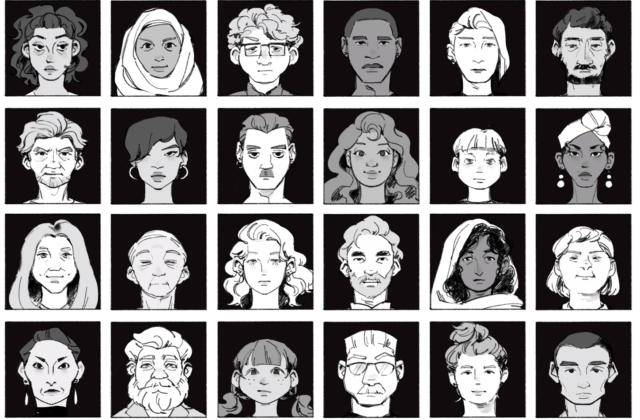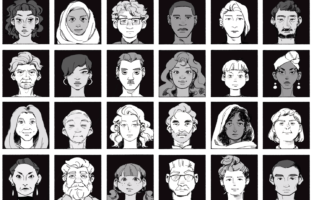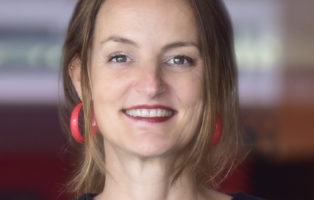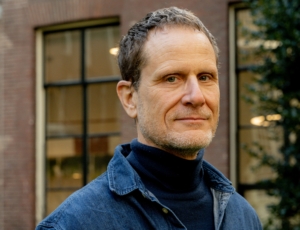A long standing practice of governing the bodies of prospective immigrants has always been the norm. Wanting to welcome only the fittest and keep the rest out
Prof Laura Bisaillon started off by explaining what medical admissibility is: bureaucratic processes within Canadian immigration law that provide an economically pre-determined framework for assessing applicants. This is the frame governing immigration-related work that bureaucrats and professionals do. Medical vetting has existed since the 19th century, a remnant of British colonial strategy that welcomed the fit, filtering out the rest.
Over the last thirteen years, Prof Bisaillon has researched the Canadian immigration system. She has produced new knowledge about how decisions about people with HIV are made within Canada’s immigration medical regime inside and outside the country.
She made the film because “the research evidence I was sitting on allowed me to critique and point to where things need to change to suppress harms people experience.”
Through the film, Prof Bisaillon uses lived experience to show the “immigration health work” people do to apply for permanent residency, and also what happens when a person is institutionally produced as a legal, safety and health risk.
The film is to make politically engaged points. The starting point of the film is not so much the lived experiences or the stories. The people are not the object of analysis but the relation between the legal, medical and administrative arms of the government, and the knowledge they create about people with chronic illness or the othering process.
“Medical inadmissibility happens because of peoples practices. And because of that a systematic disadvantage is created for people with chronic illness. I’m concerned about us not being concerned enough about this”? There are universal learnings and themes, also for the EU. Potential insights we can gain from this.
I want to open Pandora’s box and tell some uncomfortable stories through the film. The idea is to never unsee and to collectively do something. Just like we make and uphold policies we can also undo them.”
Because of the research evidence I was sitting upon, I could make recommendations for change
The Canadian Bar Association and the Jackman Humanities Institute at the University of Toronto provided funding for the film. Prof Bisaillon says that the film was a “great success story of inter-generational and inter-disciplinary partnership” between her and six students, whom she named: Aida, Amy, Jessica, Tania, Ujwal, and Zihan.
Discussant Emy Koopman asked about the contradiction behind medical inadmissibility. Whether it was a forgotten mechanism from the past, or did it have a larger economic goal?
“Canada already has a discriminatory regime put in place for immigration, which in a way all countries do. But do you choose for economic factors or the fear of viruses? What was the inherent logic behind this
Discussant Kristine Krause continued the discussion by saying that the film raises the question, in which kind of society do we want to live in; in the continuum of ableness and disability; which is an important question. We live our lives dependent on some people and it seems to be a myth that we can live independently and live productively.
“In your story productivity stands central, which capitalistic states show toward immigrants. But also what is happening around sick bodies or vulnerable bodies. Sometimes, you can get leave to stay on compassionate grounds, which can be a contradiction.”
A discussion followed between the three which was not only specific to the Canadian context. We’d highly encourage you to experience it yourself and view the Documentary here.




